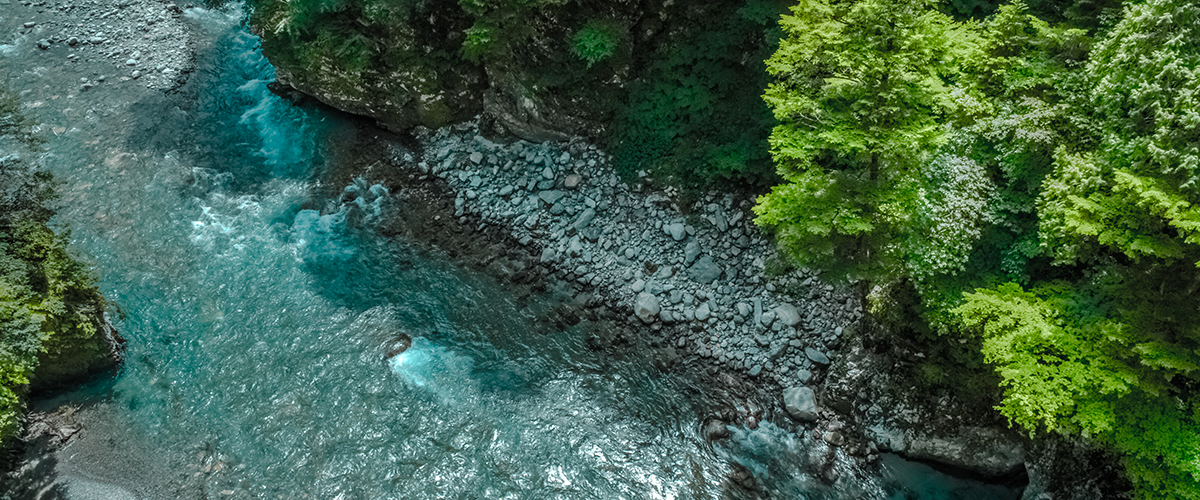Conference:
American Association of Geographers Conference, April 10th, 2019.
Presented By:
Joanne Nelson, Tsimshian, PhD student, UBC, Resources, Environment and Sustainability.
Abstract:
Most Indigenous cultures express a sacred connection to water and these connections to water are reflected in Indigenous legal systems and oral traditions. While the ongoing impacts of colonialism and capitalism have threatened this connection, participatory photography and visual methods, such as Photovoice, emerge as a promising methodology to engage Indigenous youth in telling their stories of how they connect with, perceive, and experience water and water issues in their lives. Indigenous people, including youth, are increasingly making their homes in urban areas. According to the 2016 Canadian census the 867,415 Indigenous people living in a metropolitan area now represent over half (51.8%) of the total Indigenous population: an increase of 59% between 2006 and 2016. Yet, the voice of urban Indigenous people has been largely absent from the growing literature on Indigenous water governance, water stewardship, and Indigenous Knowledge. In this presentation, I will provide a brief literature review on Photovoice and engage with case studies from within that literature that use this visual method with youth and Indigenous communities to understand how the various researchers have sought to Indigenize the Photovoice methodology. I end with an introduction to my proposed research on the relationships between urban Indigenous youth of the Unceded Coast Salish territory of Metro Vancouver have with water. This work aims to understand these relationships and queries how Indigenous Knowledge arising in this context can and does informs Indigenous water stewardship and water governance.
